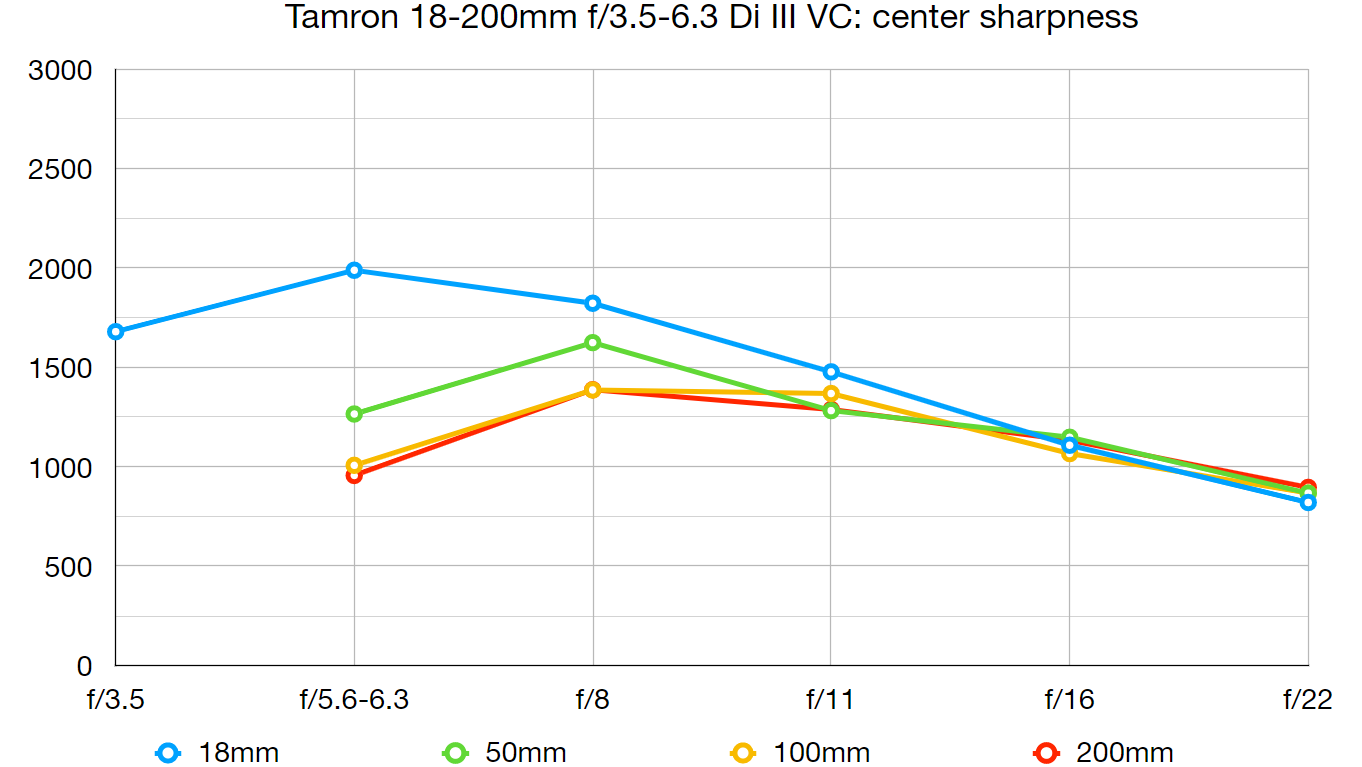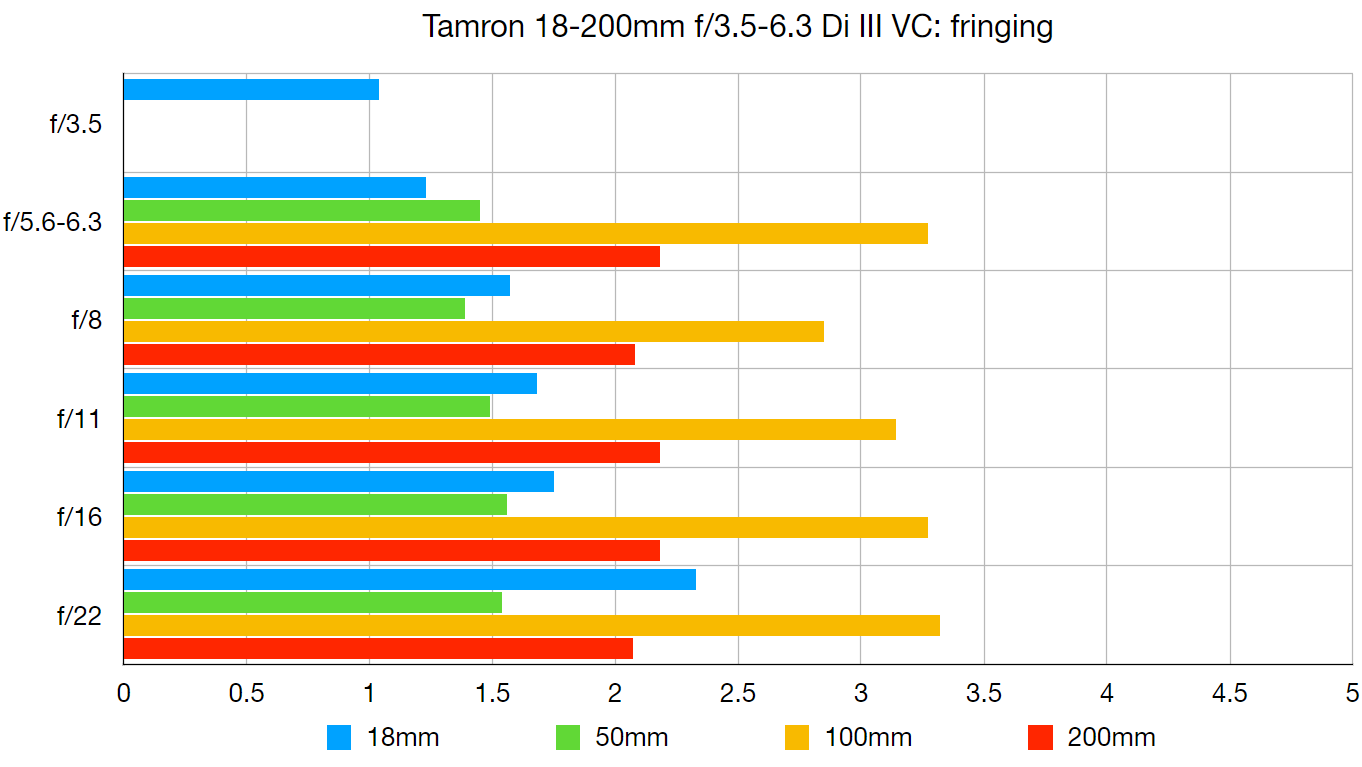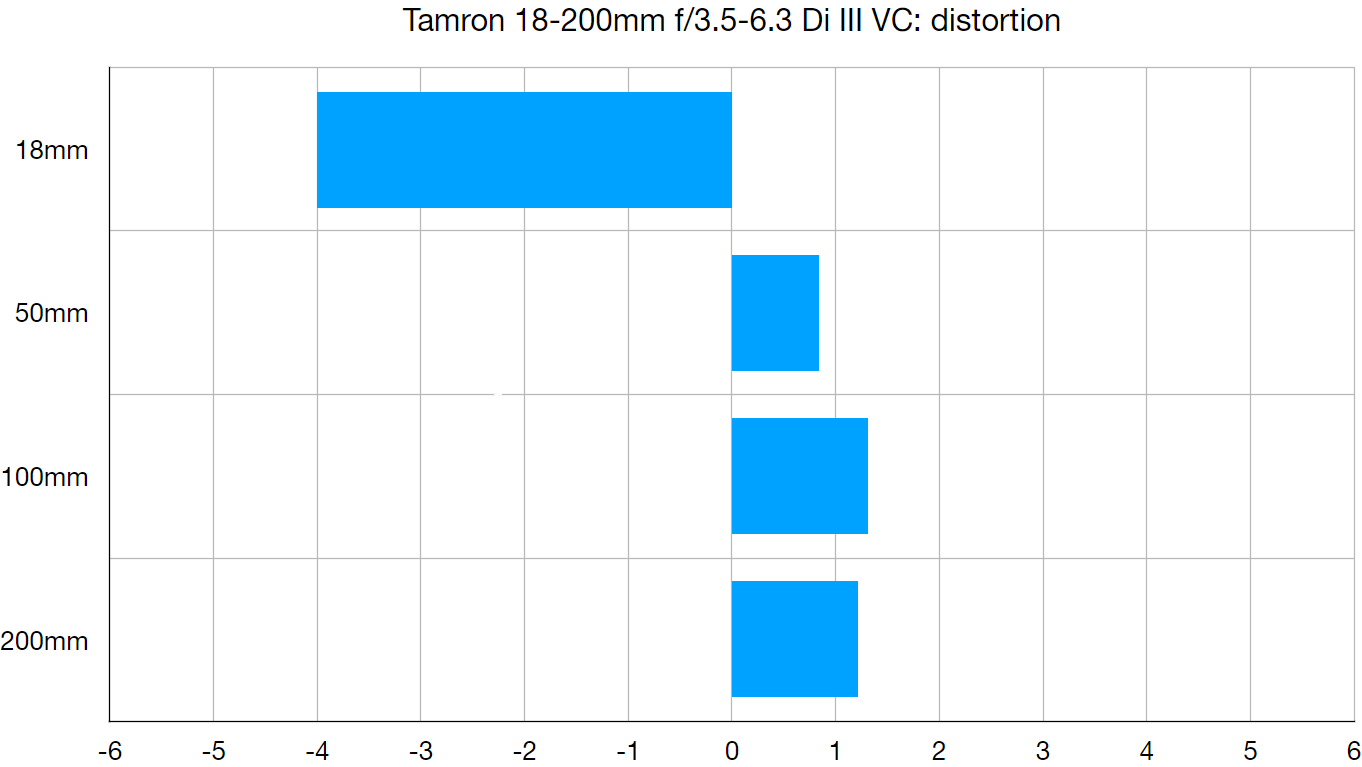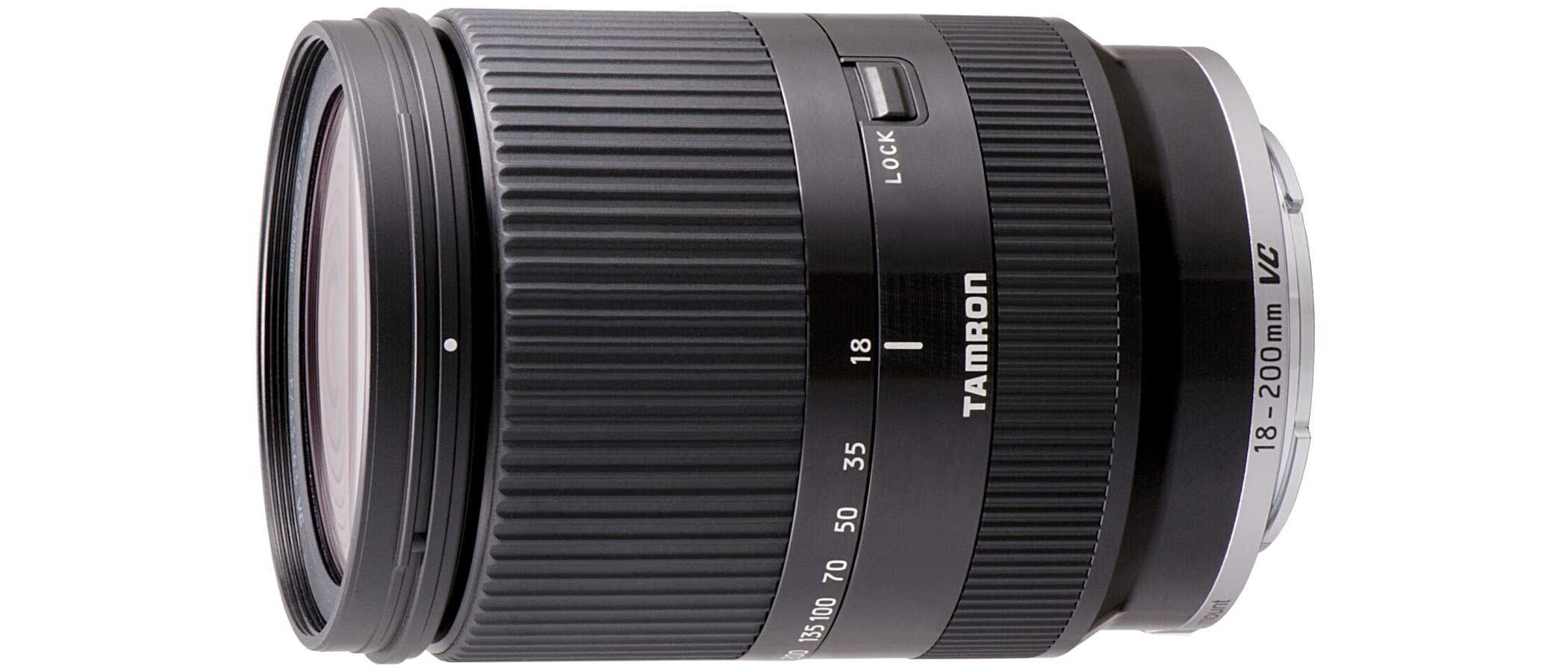Digital Camera World Verdict
Also available in a Canon EF-M mount option until recently, this Tamron superzoom goes into direct competition with Sony’s own-brand E 18-200MM f/3.5-6.3 OSS LE lens. Indeed, both lenses look and feel almost identical, and there’s nothing to choose between them in terms of features, image quality and all-round performance. This makes the Tamron lens better value in some world regions but, in others, both lenses are pretty much the same price. It’s a decent travel lens but nothing special.
Pros
- +
Stepping motor autofocus
- +
Optical vibration compensation
- +
Compact and lightweight
Cons
- -
Poor edge-sharpness
- -
Long-zoom color fringing
- -
Heavy short-zoom barrel distortion
Why you can trust Digital Camera World
Take a long look at the Tamron 18-200mm f/3.5-6.3 Di III VC for Sony E-mount cameras and it appears to be identical to the Sony E 18-200mm f/3.5-6.3 OSS LE. There are marginal differences in the barrel shape, the zoom and focus ring grips are different, and the Tamron has a silver stripe at its rear but, to all intents and purposes, they look the same. They’re also exactly the same size and weight, have the same configuration of optical groups and elements, and both have optical stabilization. There used to be a Canon EF-M mount version of the Tamron lens but that’s fallen by the wayside.
Specifications
Mount: Sony E
Full frame: No
Autofocus: Yes
Stabilization: Yes
Lens construction: 17 elements in 13 groups
Angle of view: 75.5-8 degrees
Diaphragm blades: 7
Minimum aperture: f/22-40
Minimum focusing distance: 0.5m
Maximum magnification ratio: 0.25x
Filter size: 62mm
Dimensions: 69x102mm
Weight: 459g
Key features
The standout feature of this lens is its 18-200mm zoom range, equivalent to 27-300mm in full-frame terms. Combined with a weight of just 459g, this makes it ideal as an all-purpose lens for walkabout and travel photography.
Considering the typically slow f/6.3 aperture rating at the long end of the zoom range, Tamron’s VC (Vibration Compensation) system is a key feature. It can be a massive bonus in beating camera-shake, given that most older Sony E-mount cameras lack in-body stabilization. It’s actually a new-generation VC system that employs relatively lightweight moving coils instead of conventional magnets, which helps keep the weight down.
Autofocus is driven by a stepping motor which is reasonably quick for stills while also enabling smooth focus transitions when shooting movies, as well as being near-silent in operation.
Performance
Further similarities between the Tamron and Sony lenses are that they delivered almost identical lab test results for sharpness, color fringing and distortion in our lab-tests, and the optical stabilizers were equally effective.
Superzoom lenses generally compromise image quality to enable their extra-large zoom range, and that’s certainly the case here. Sharpness drops off at longer zoom settings, where color fringing becomes very noticeable. There’s also heavy barrel distortion at the short end. On the plus side, automatic corrections are available in Sony A6000-series bodies.
Lab results
We run a range of lab tests under controlled conditions, using the Imatest Master testing suite. Photos of test charts are taken across the range of apertures and zooms (where available), then analyzed for sharpness, distortion and chromatic aberrations.
We use Imatest SFR (spatial frequency response) charts and analysis software to plot lens resolution at the center of the image frame, corners and mid-point distances, across the range of aperture settings and, with zoom lenses, at four different focal lengths. The tests also measure distortion and color fringing (chromatic aberration).
Sharpness:


Center-sharpness is very good at the short end of the zoom range, less so at the long end, while edge-sharpness is lackluster throughout.
Fringing:

Color fringing is fairly minor in the 18-50mm sector of the zoom range but tends to be very noticeable in the 100-200mm sector, if uncorrected in-camera.
Distortion:

Barrel distortion is severe at 18mm, giving way to relatively minor pincushion in the 50-200mm sector. As with color fringing, automatic correction is available in Sony cameras.
Verdict
Also available in a Canon EF-M mount option until recently, this Tamron superzoom goes into direct competition with Sony’s own-brand E 18-200mm f/3.5-6.3 OSS LE lens. Indeed, both lenses look and feel almost identical, and there’s nothing to choose between them in terms of features, image quality and all-round performance. This makes the Tamron lens better value in some world regions but, in others, both lenses are pretty much the same price. It’s a decent travel lens but nothing special.
Read more:
• Best camera lenses to get
• Best Canon lenses
• Best Nikon lenses
• Best Sony lenses
Matthew Richards is a photographer and journalist who has spent years using and reviewing all manner of photo gear. He is Digital Camera World's principal lens reviewer – and has tested more primes and zooms than most people have had hot dinners!
His expertise with equipment doesn’t end there, though. He is also an encyclopedia when it comes to all manner of cameras, camera holsters and bags, flashguns, tripods and heads, printers, papers and inks, and just about anything imaging-related.
In an earlier life he was a broadcast engineer at the BBC, as well as a former editor of PC Guide.


